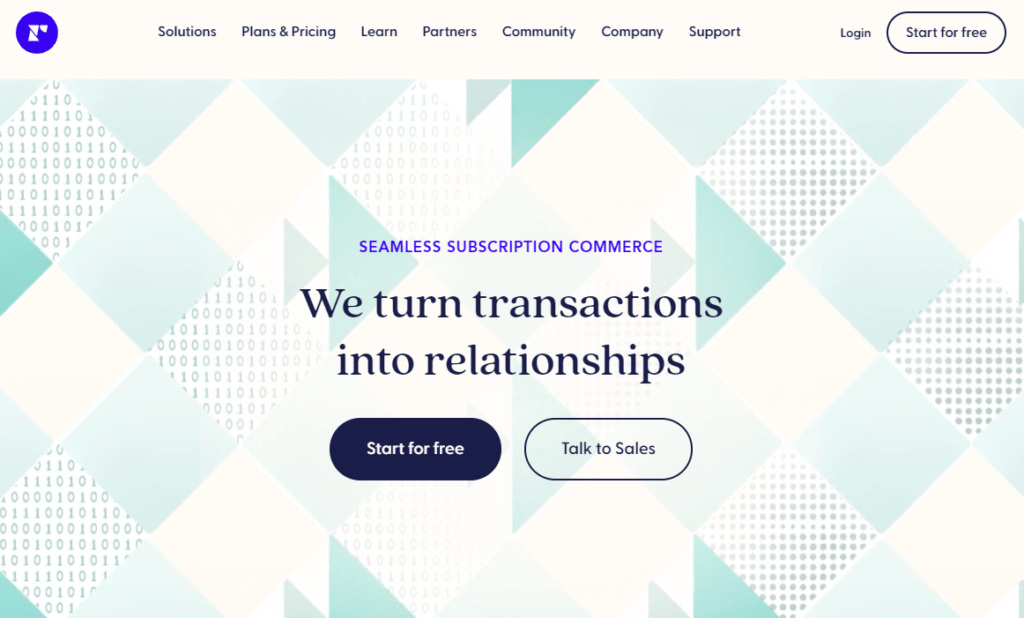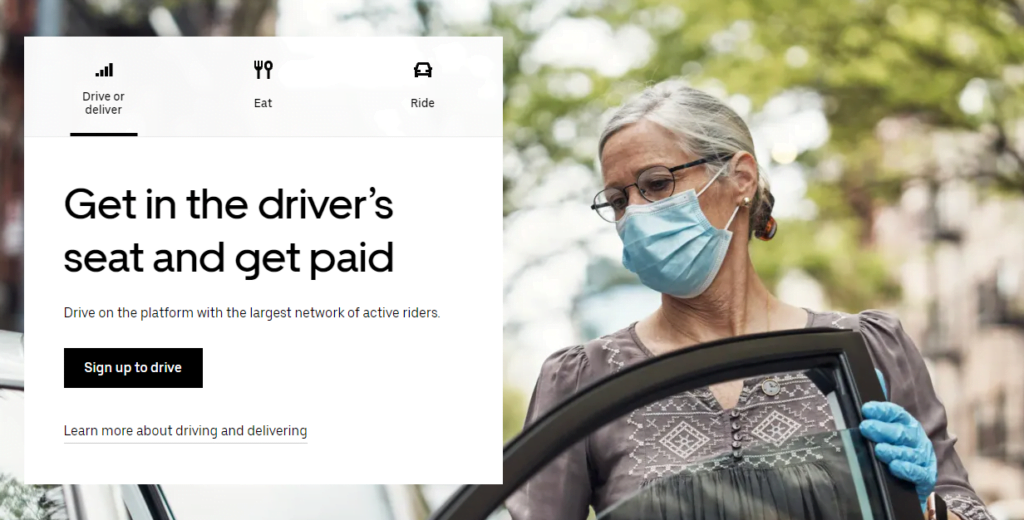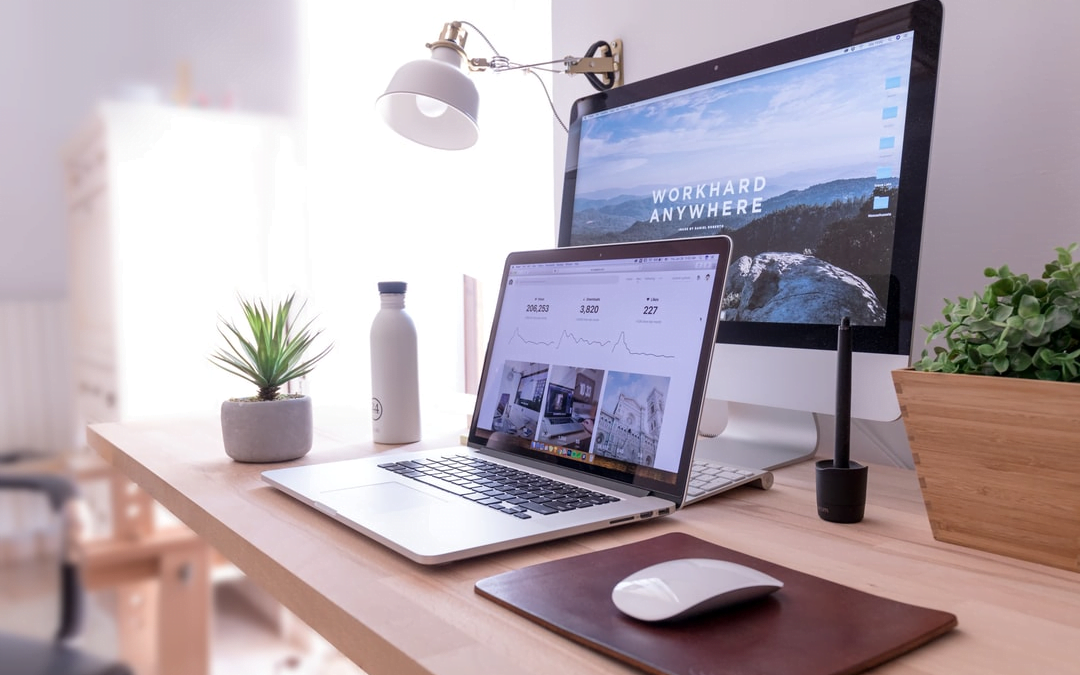Want to know how to design a website that converts?
Did you know that e-retail sales in 2024 came out to $6 trillion globally? Let’s face it: we’ve all spent more time (and money) online recently than ever before.
Your website is the portal between your company and a whole world of new customers. If your website isn’t converting visitors, you could be missing out on thousands in sales.
Fortunately, there are techniques you can apply to make your website a high-converter. And by the end of this seven-minute guide, you’ll be an expert in all of them. Ready to start? Let’s go!
What Exactly Do We Mean By Conversion Rate?
Your website’s conversion rate is the ratio of visitors who perform a certain call-to-action (CTA) to the number of total visitors overall. The CTA is usually a micro-conversion; a smaller action that typically leads up to something bigger:
- For SaaS websites, this is often a free trial.
- Blogs might ask readers to sign up for a newsletter.
- E-commerce businesses may get you to view their offers.
A significant part of your web design should be focused on creating conversions. Of course, that’s easier said than done — which is why we’ve put together a list of six tips you can use to design a high-converting website.
6 Tips for Designing a High-Converting Website
Tip #1: Determine the source of your bounce rate
Before making any significant changes, it’s best to solve your most pressing issues first. That means it’s time to live out those CSI fantasies and do an autopsy on your website. Okay, we’re being dramatic — your website just needs an audit to identify what’s turning visitors, users, and potential customers away. Here are some common problems:
- Downtime from your web hosting service.
- Slow loading pages. (For every additional second of load time your visitor’s experience, website conversion falls by 4.42%).
- Complex checkout
- Poor quality content and copy.
Whether it means switching payment gateways, paying for a CDN, or hiring a new content lead, solving these problems sets you up for success. Average bounce rates are between 40% – 60%: anything lower than 20% might be a technical analytics issue, while a rate over 90% probably means a blazing dumpster fire of a webpage.
Tip #2: Prioritise the audience in your design
And we’re not just talking about looks here — although visual attractiveness is another pillar of good web design that we’ll circle back to later.
- High-converting websites must be easy to navigate. Make sure the most important parts of your website are easy to access via the navigation menu. This is essential if you want to know how to design a website that converts. Pro tip: include a call-to-action button directly within the menu bar.
- Follow the WCAG. (Unfortunately, WCAG is not an acronym for a shadowy spy organization). The Web Content Accessibility Guidelines are a set of principles for making web design accessible for everyone, covering things like contrast ratios, web-safe fonts, UI elements, and more.
- Use high-quality images and especially videos. Websites that use video have conversion rates of 4.8% vs. 2.9% for the ones that do not. On a landing page, it can boost conversions by 80%. Besides, who hasn’t wanted to be a YouTuber/TikToker at some point? Videos can increase trust in you and your brand.
Here’s a great example: Recharge Payments

The menu includes every core component of the site, including a button to start on their free plan. You can’t see it in the image above, but they also use a video animation background.
Tip #3: Leverage customer behavior data and testing
When Rockwell put out ‘Somebody’s Watching Me’ 1984, he probably didn’t realize how prescient his words would be in the digital age. It doesn’t have to be a bad thing though! With so much access to user behavior data on your website, you have all the information you need to optimize your web design for conversions:
- Look at your click-through rate metrics.
- Use A/B split testing to see which calls to action perform better.
- Time spent on individual pages is a strong indicator of what kind of content your visitors want.
- Observe the pages on your site with the most traffic to inform your content strategy moving forward.
Using data to inform your conversion rate optimization (CRO) strategy also helps you keep track of your progress as you test out ideas.
Tip #4: Write a strong headline
Landing pages are like first dates — they’re sweaty, important, and everyone’s trying to put their best foot forward. If you want to build a home or landing page that converts, you’re going to need a killer headline:
- Don’t be generic. Your headline should be memorable and unique.
- Reflect user expectations, AKA message matching. If someone found your website through an ad or search results promising a discount, they’ll expect the first thing they read (the headline) to reflect that. If not, you can expect your bounce rate to rise.
- Summarize your value proposition. The key is to empathize with your visitor, user, or customer — instead of focusing on a feature, emphasize the benefit it provides.
- Clarity is king. It’s tempting to use a witty metaphor or analogy, but in 88% of cases, straightforward headlines have a better rate of conversion.
- Keep it short. A good principle for first dates and website headlines alike! Headlines aren’t meant to be highly informative, they just need to hook your viewers.
Test out a variety of headlines to see which ones lead to the highest website conversion.
Here’s another great example: Uber

It’s short, simple, and speaks directly to the audience (potential drivers, in this case). They’ve also managed to do some very subtle wordplay by using the word ‘get’ twice. Uber is definitely getting a second date.
Tip #5: Have a convincing call to action
Your call-to-action, or CTA, is what it all comes down to. This is the micro-conversion you’re optimizing for, the gold medal race (cue the intense sports movie soundtrack). A convincing CTA doesn’t just need a good copy — it needs formatting and value-adds as well. Here are some tricks for writing CTAs:
- Don’t break the flow of your content. CTAs should integrate seamlessly when on-page, and fit the formatting of your web design anywhere else.
- Create a sense of urgency. Using temporal words like ‘now’ or ‘today’ builds an immediacy that can boost conversions.
- Use action words. You’re familiar with ‘Subscribe, ‘Join’, ‘Download’, and ‘Try’ — all verbs. Besides, a call-to-action with no real action words is bound to have an identity crisis.
- Offer something of value. Often, you’re simply trying to get an email address. It’s easier to do this when you offer something useful — think checklists, how-to guides, even a short e-book.
Tip #6: Show your visitors you are reliable
The Internet is a scary, strange, and wonderful place. While search engines tend to weed out sketchier websites, consumers are still wary of new blogs, stores, and products. Use these strategies to show potential customers you’re the real deal:
- Whatever industry you’re in, you likely have some kind of qualification you can brag about. It doesn’t matter if it’s a degree, award, official accreditation, or just some impressive metrics — it’s time to show off.
- Ratings, reviews, and testimonials. Social proof is one of the most powerful factors in making a decision, so showing your visitors that you have a history in your field has a massive impact.
- Quality content. Generating consistently good content provides value to your visitors and search engines — a win-win in our books.
Here’s an example from Calm for Business:

As a B2B product, medium-length testimonials from past and current clients add to Calm’s reliability and reputation.
Build A High-Converting Website Today
Let’s do a quick recap of how to design a website that converts:
- Diagnose the existing bounce rate issues
- Design your site with the audience in mind
- Use customer behavior data for testing
- Write a clear and concise headline
- Use value-oriented calls to action
- Show reliability to your visitors
Incorporating all these tips can be challenging, which is why we provide professional web design services for operators like you. That way you don’t have to learn how to design a website that converts, as we’ll do it for you. If you’re interested in learning how to get a website that sells, contact us today!
Let's get you going!
If you’re interested in learning how to get a website that sells, contact us today!
Frequently Asked Questions
How much is it to design a website?
Web design projects can vary in costs, with some website builders offering monthly options for just a few dollars. Building from WordPress templates may cost you up to $50 monthly, whereas custom-built sites can run into the thousands.
How do you design for conversions?
User-oriented design and attractive layouts are a great start. Quality content can show reliability and increase visibility via search engine results pages. Solid headlines and convincing CTAs also help facilitate micro-conversions. As well, the load time for the pages on your site can play a massive role. Take a look at the above guide again if you really want to nail down on how to design a website that converts.
What is a good conversion rate for a website?
Rates can vary between industries, but they typically range between 2% – 5%. This number is likely higher for established brands since conversion often occurs long before customers even visit the site.

